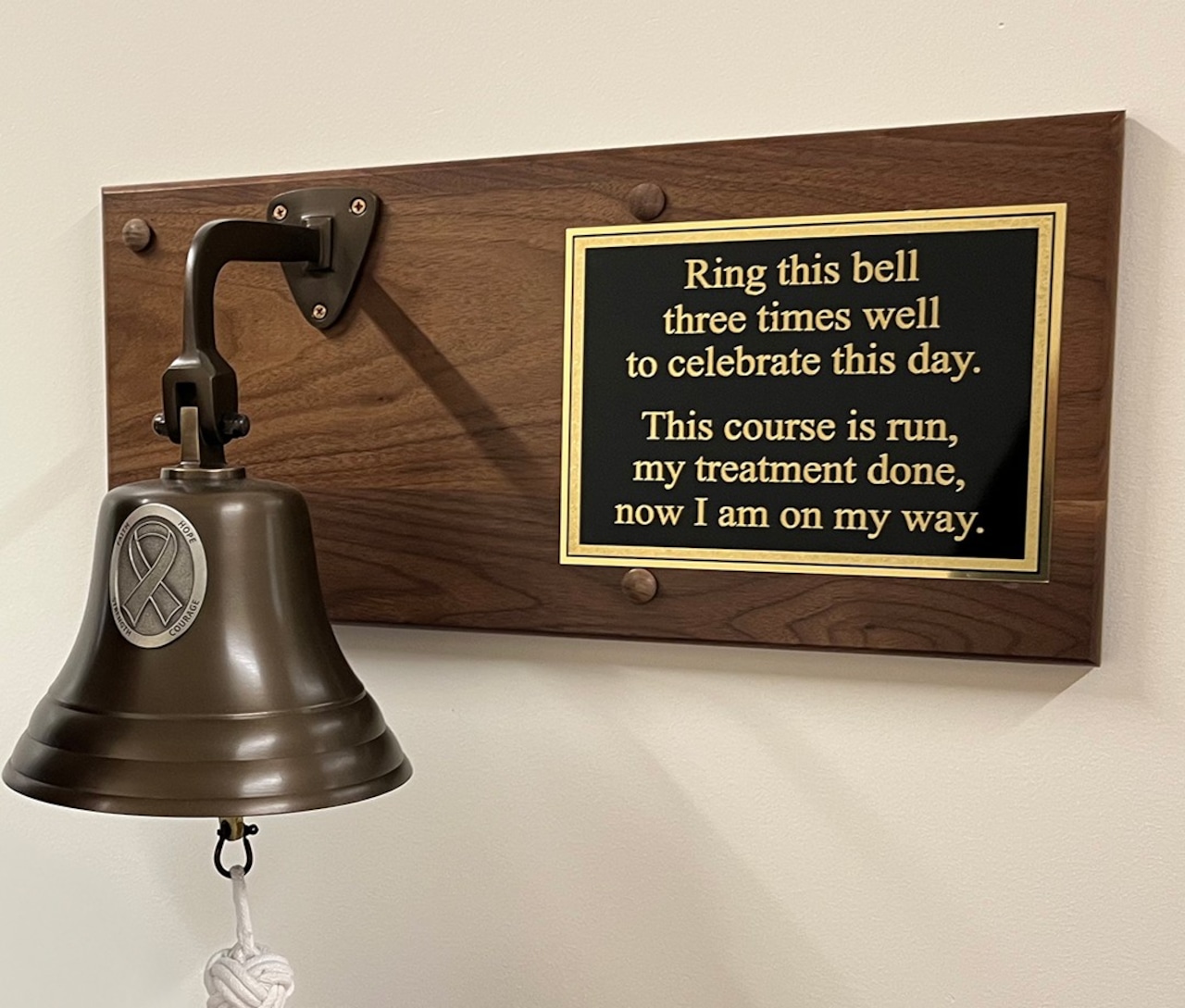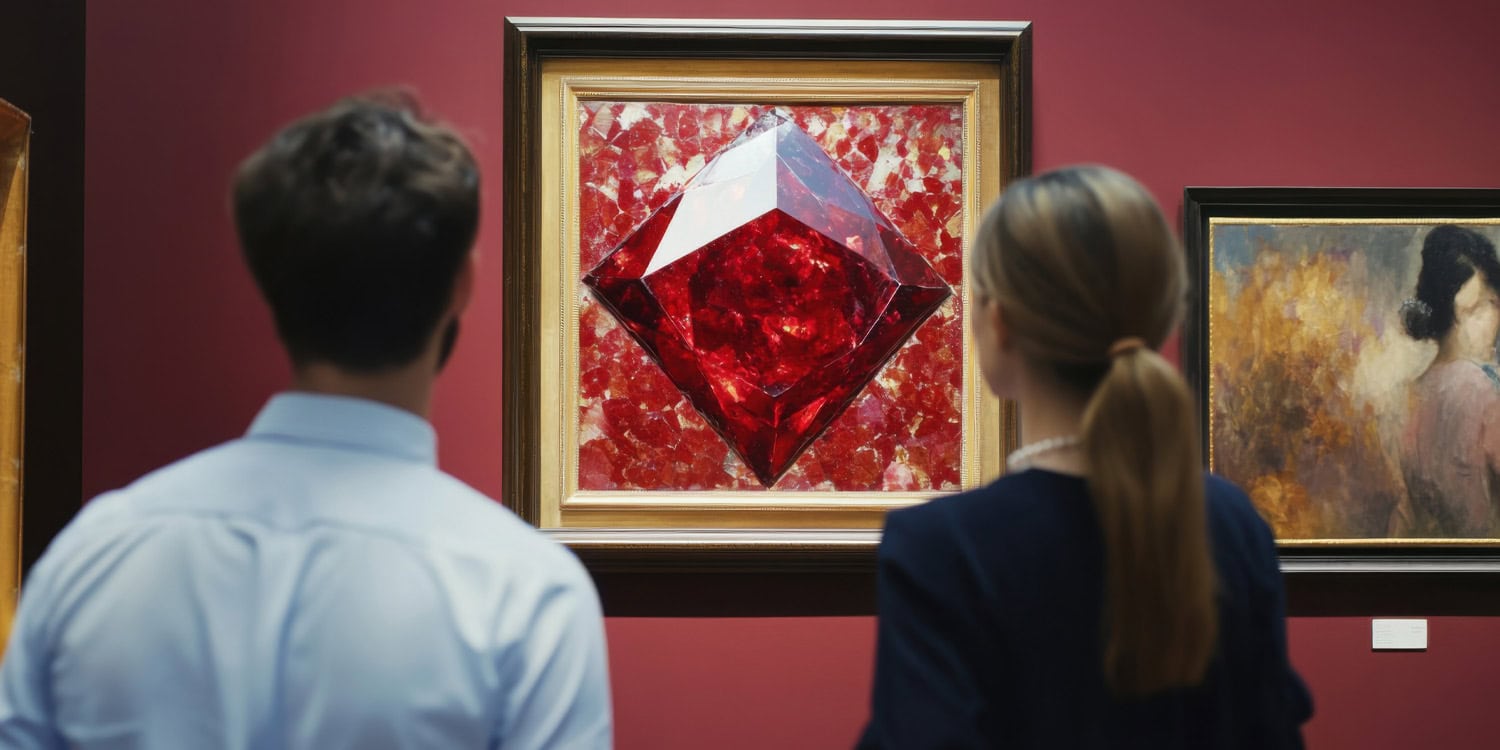A new study published in the journal Psychology of Aesthetics, Creativity, and the Arts suggests that individuals with a combination of high narcissism and psychological insecurity are more likely to be “cultural omnivores,” consuming both highbrow and lowbrow art forms. This behavior appears to be a strategy to satisfy two distinct psychological needs: signaling social status and projecting a sense of personal integrity.
Narcissism is often understood as a personality trait characterized by a grandiose sense of self, a persistent need for admiration, and a focus on one’s own importance. While this may project an image of supreme confidence, psychological research has shown that narcissism can exist alongside deep-seated feelings of insecurity, such as low self-esteem or a sense that one is not living as their “true self.” It is this particular combination of traits that interested the researchers.
Traditionally, cultural taste was seen through the lens of social class. Sociologists argued that elites used their preference for “highbrow” culture, like classical music and fine art, to distinguish themselves from other social classes. In recent decades, however, this pattern has shifted. Observers have noted the rise of the “cultural omnivore,” an individual who appreciates both high-status cultural products and more popular, “lowbrow” forms like pop music or street art.
The study’s authors proposed that this modern trend might be explained not just by social class, but by specific personality dynamics. They hypothesized that people high in narcissism but low in self-security might use cultural consumption as a tool. Liking highbrow culture could serve their need to signal superior status, while an appreciation for lowbrow culture, often seen as more authentic, could help soothe their inner feelings of inauthenticity.
To investigate this idea, the researchers conducted two separate studies. In the first experiment, they surveyed 178 university students. Participants completed questionnaires designed to measure their levels of narcissism and self-esteem. They were then asked to rate how likely they would be to participate in a variety of cultural activities.
Some of these activities were classified as highbrow, including attending a classical symphony or visiting art galleries. Others were categorized as lowbrow, such as going to pop concerts or viewing graffiti and street art. The researchers analyzed the data to see if there was a connection between the participants’ personality scores and their cultural intentions.
The findings revealed a distinct pattern. For individuals who scored high on the narcissism scale, having lower self-esteem was associated with a stronger intention to participate in highbrow cultural activities. A similar relationship appeared for lowbrow culture. The participants with high narcissism and low self-esteem also expressed a greater interest in lowbrow activities.
This confirmed that the insecure narcissist profile was linked to being a cultural omnivore, showing an appetite for both ends of the cultural spectrum. The analysis also suggested that this behavior was connected to a general motivation for “distinction seeking,” or a desire to establish a unique and notable identity through their choices. This relationship held even when the researchers accounted for other factors, like a person’s openness to new experiences or their own perception of their social status.
The second study was designed to explore the specific motivations behind these dual preferences. The researchers wanted to confirm if status seeking was driving the interest in highbrow culture, while a need for integrity was behind the preference for lowbrow culture. This experiment involved 144 university students and used a slightly different approach.
Instead of measuring general self-esteem, the researchers measured a more specific form of insecurity known as self-alienation, which is the feeling of being out of touch with one’s true self. They also focused on a particular aspect of narcissism related to superiority and arrogance. Participants were then randomly assigned to read a biography of a fictional artist.
One version of the biography presented the artist as highbrow, noting that her paintings were exhibited in major museums around the world. The other version framed her as lowbrow, explaining that her work was given to family and friends before being discovered by an art dealer in her hometown. After reading one of the biographies, participants rated their interest in seeing the artist’s work. They also answered questions about their current motivations, including their desire to signal status and their need to project self-integrity.
The results of this experiment provided clearer support for the researchers’ hypothesis. Among participants who read about the highbrow artist, those with the insecure narcissist profile showed greater interest in her work. This increased interest was statistically linked to a heightened desire for status at that moment. Consuming high-status art appeared to satisfy their need to be seen as having high status.
For the participants who read about the lowbrow artist, a different motivation was at play. In this case, the insecure narcissist group’s interest in the art was connected to their desire to signal self-integrity. The perceived authenticity of the lowbrow artist seemed to offer a way for these individuals to bolster their own shaky sense of self. The two studies together paint a nuanced picture of how personality can shape cultural tastes.
This research provides a new psychological perspective on a phenomenon that has largely been studied through a sociological framework. It suggests that for some people, the choice of what art to consume is not merely a matter of taste but a complex strategy for managing their identity and internal insecurities.
The authors note that their findings are based on statistical associations, and future research could explore these mechanisms further. For instance, an experiment could temporarily change a person’s feelings of security to see if it directly affects their cultural preferences. Researchers could also examine whether this pattern of behavior extends to other domains, such as luxury consumption, social media use, or even charitable giving.
The study, “How Insecure Narcissists Become Cultural Omnivores: Consuming Highbrow Culture for Status Seeking and Lowbrow Culture for Integrity Signaling,” was authored by Hanna Shin and Nara Youn.
First Appeared on
Source link













